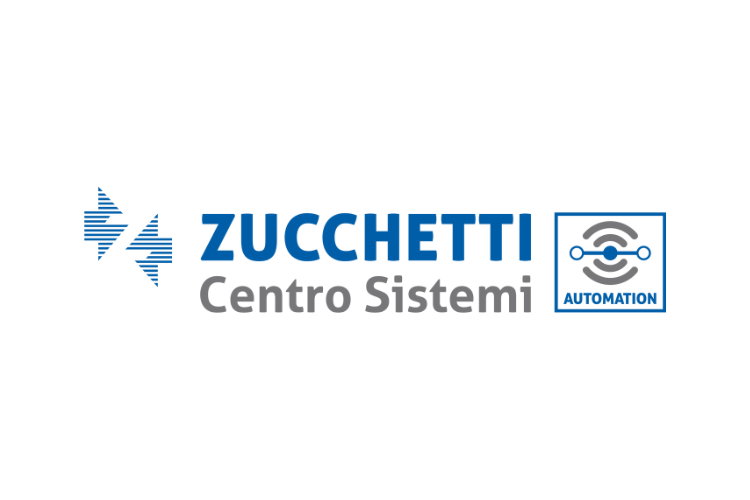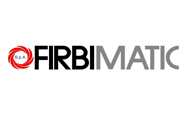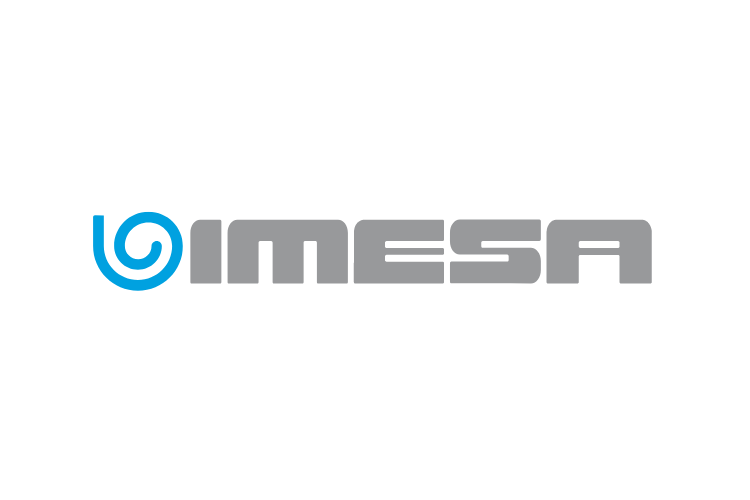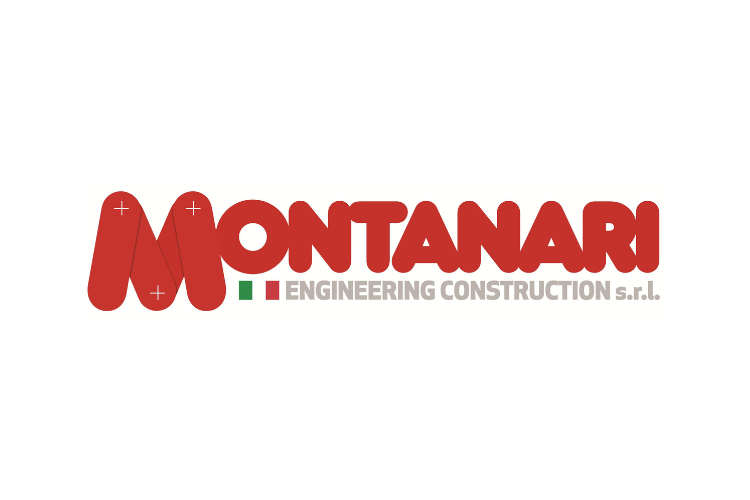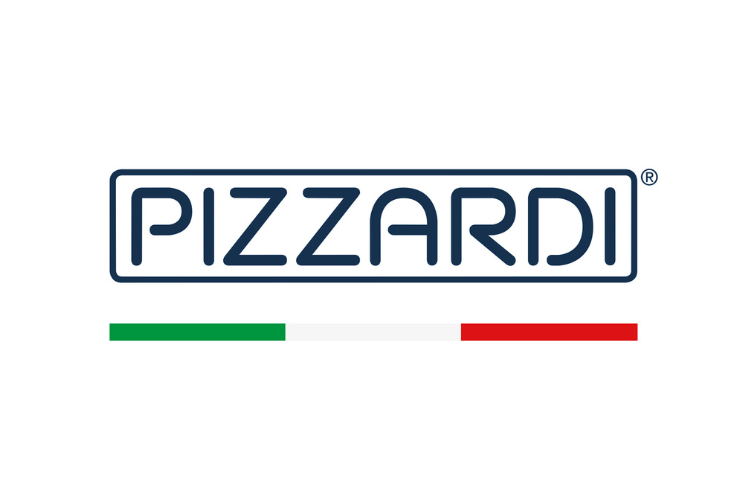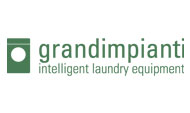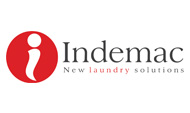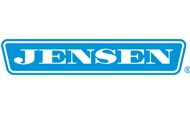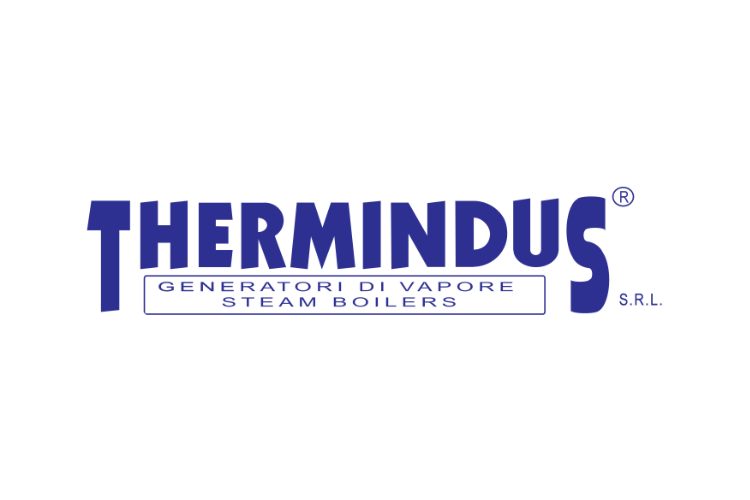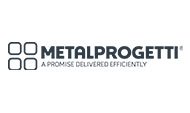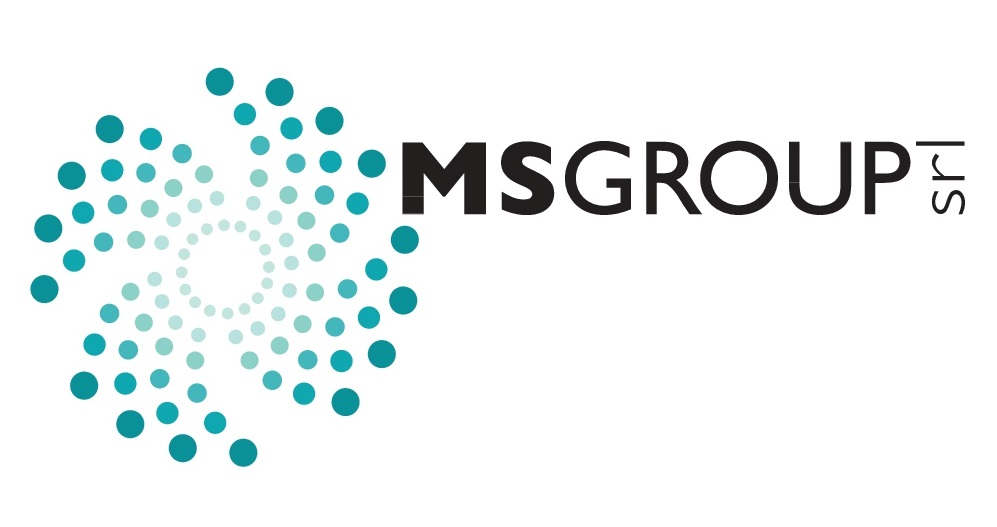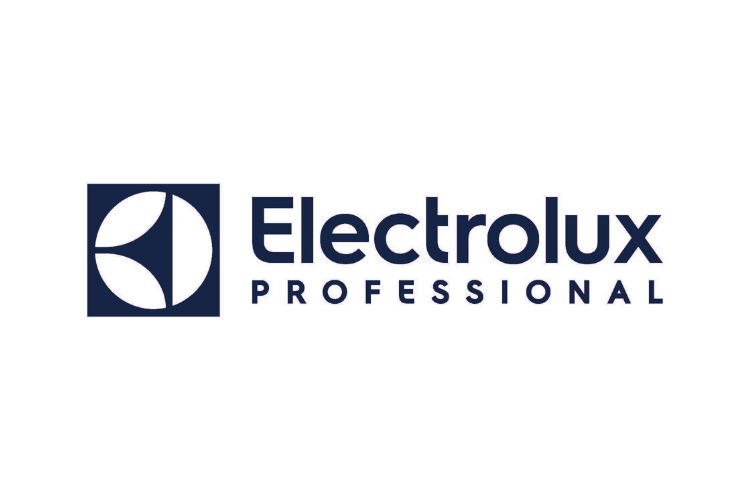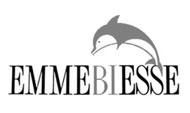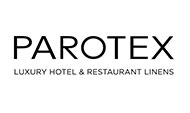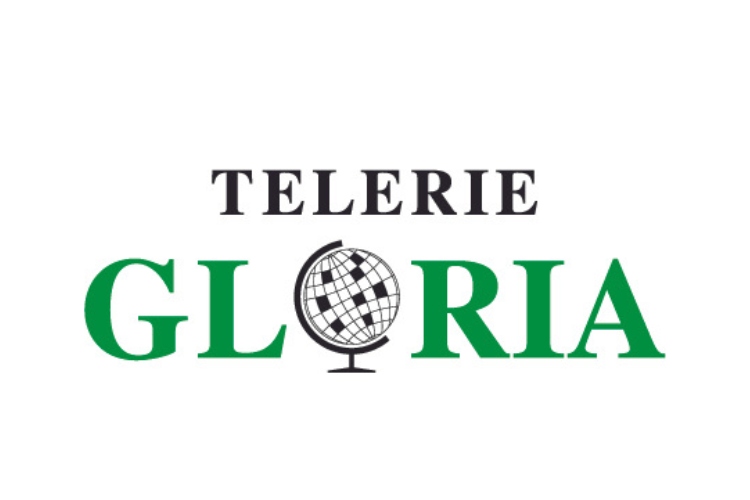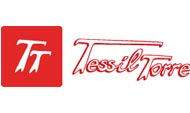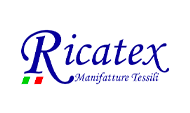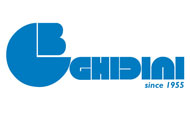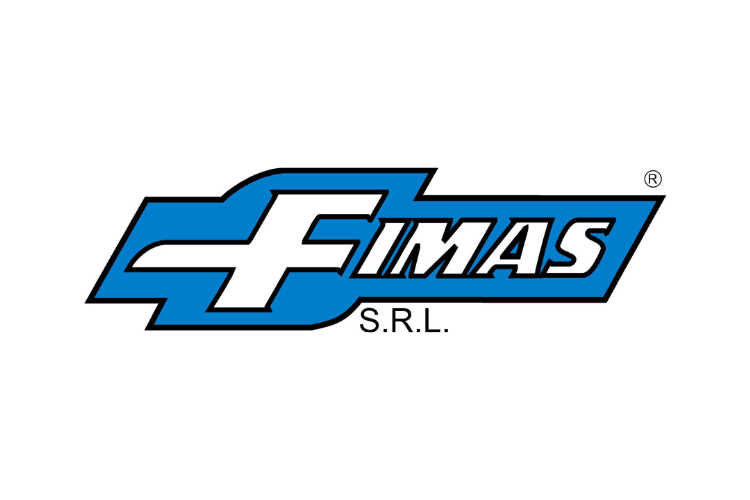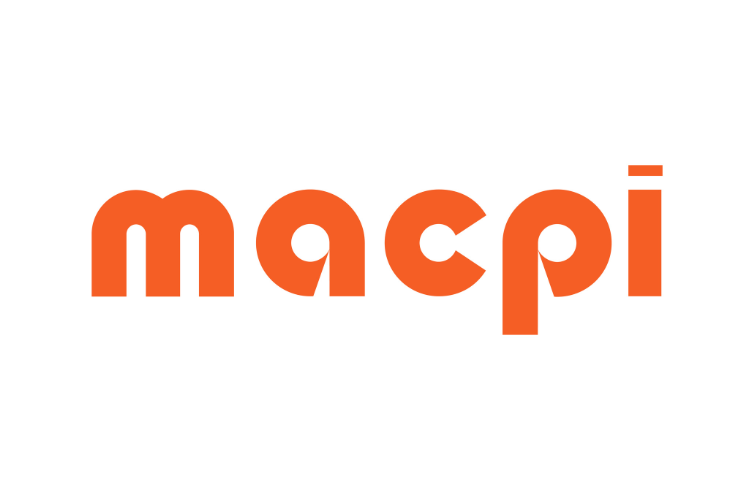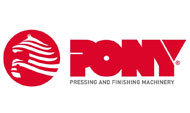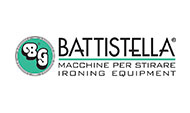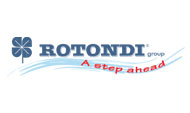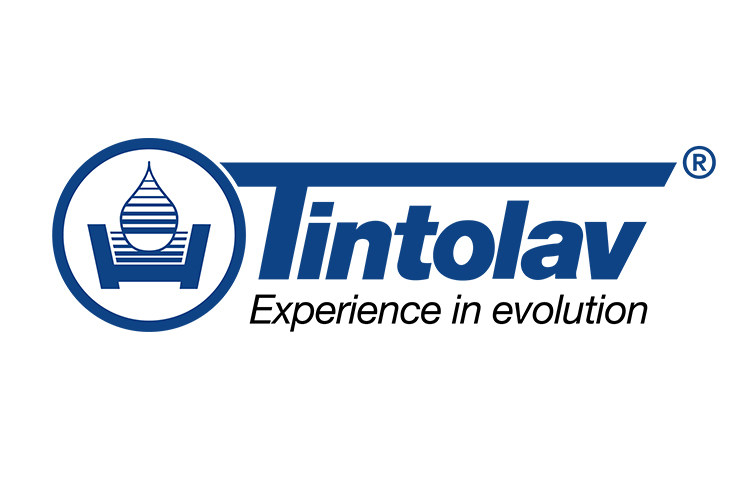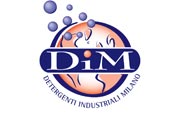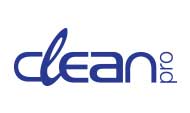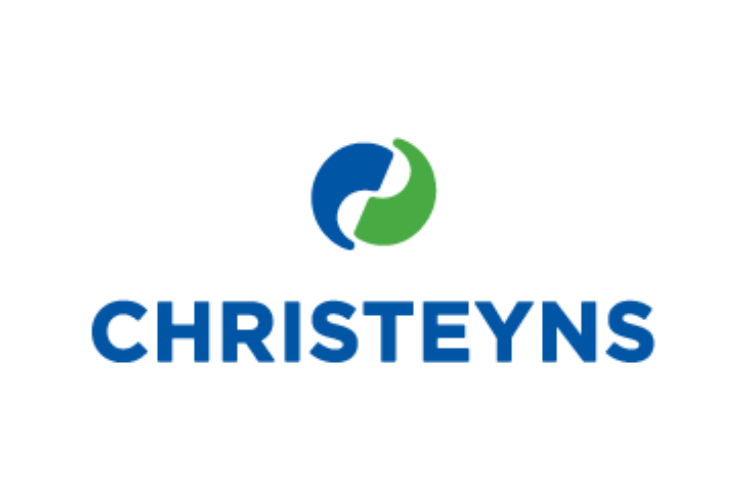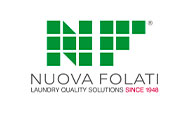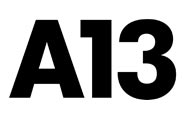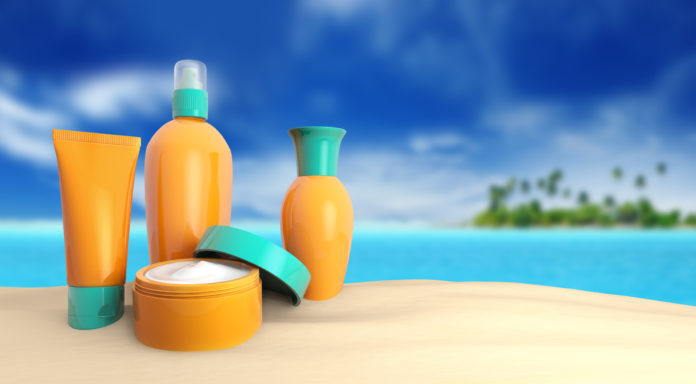
Ecolab has developed a new washing solution that eliminates the stains left by sunblock on textiles
Ecolab Textile Care division has developed new, ecofriendly washing solutions for industrial laundries that help to keep total costs under control and improve the operative efficiency at the same time: OxyGuard™40 and Perfomance™ Industrial.
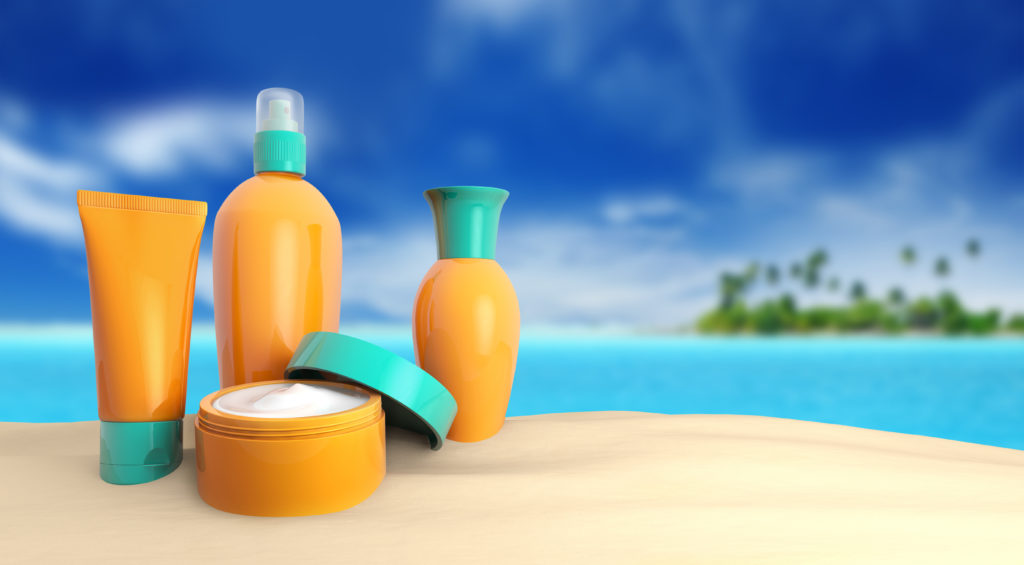 A part of washing processes optimization that Ecolab offers to their clients consists of providing solutions that aim at the reduction of costs relative to the re-washed linen as a consequence to the presence of “special” and difficult stains such as those caused by sunscreen creams.
A part of washing processes optimization that Ecolab offers to their clients consists of providing solutions that aim at the reduction of costs relative to the re-washed linen as a consequence to the presence of “special” and difficult stains such as those caused by sunscreen creams.
This type of stains usually requires the use of high dosages of detergents and surfactant boosters, sometimes also solvent based, with high solvent content (more than 60%). Therefore, during summer time, many laundries deal with the loss of linen or the increase in the percentage of re-washed linen.
Over the last years, Ecolab has developed medium to high temperature washing processes for the removal of sun cream stains free from pure solvent boosters.
 These solutions, solvent free, were meant not to affect the total costs of a laundry nor the costs relative
These solutions, solvent free, were meant not to affect the total costs of a laundry nor the costs relative
to laundry water disposal systems (membrane, biological or mixed MBR). OxyGuard™40 washing
platform, Eu-Flower certified, offers an exceptional turning point in sun block stains removal.
The main benefits include:
• Exceptional whiteness of towels and linen
• Fluffier towels
• Waste reduction, weekly re-washed linen reduction and the decrease in replaced linen
• Productivity increase
• Washing at low temperatures (40°C) with lower consumption of steam and water
• EU-Ecolabel registered platform.
 The turning point in the washing process for sun cream stains removal achieved by OxyGuard™40 is a result of thorough studies by Ecolab on the nature of the components of sunscreen together with washing tests carried out in order to validate the new approach to the treatment of this type of stains.
The turning point in the washing process for sun cream stains removal achieved by OxyGuard™40 is a result of thorough studies by Ecolab on the nature of the components of sunscreen together with washing tests carried out in order to validate the new approach to the treatment of this type of stains.
Many cosmetics and sunscreen products indicate a specific value relative to sun protection which is also called SPF. The number defines the degree of skin protection from actinic damage, especially from UVB rays if compared to a non-protected skin. It corresponds to the time that is necessary for the protected skin to develop sunburn if compared to non-protected skin.
According to CE n.1223/2009 regulation dated 30 November 2009 and relative to cosmetics, the UV filters are “substances destined exclusively or mainly to protect the skin from UV radiation by absorption, reflection or scattering of the UV radiation”. Sunblock can be divided into physical and chemical type. It reduces the quantity of light radiation on the area where the sunscreen has been applied Chemical sunblock contains organic molecules able to absorb and decompose UV radiation, which is less harmful for our skin. It has been classified as UV-A and UV-B according to the length of the maximum absorption (Cinnamate, Salicylate, Benzophenone, Dibenzoylmethane derivatives).
 Physical sunscreens reflect the sun rays therefore they cannot reach the skin but, unlike the chemical
Physical sunscreens reflect the sun rays therefore they cannot reach the skin but, unlike the chemical
ones, they do not keep the heat nor penetrate the skin. They stay on the surface of the skin and let a
very limited quantity of UV rays pass through. We can distinguish: TiO2 (titanium dioxide) ZnO (zinc
oxide), talc, kaolin. These are all substances that allow to obtain high SPF and the protection from UVA
and UVB.
 Physical sunscreens are characterized by a strong protective, covering, reflecting and scattering power.
Physical sunscreens are characterized by a strong protective, covering, reflecting and scattering power.
They are not soluble, they are finely scattered and kept in suspension in the cream or a cosmetic product.
 Both the physical and chemical sunscreen types contribute to the nature of stains produced on the garments by sunscreen creams.
Both the physical and chemical sunscreen types contribute to the nature of stains produced on the garments by sunscreen creams.
Washing a fabric stained by a cosmetic product or a sunscreen cream requires to set the washing procedure by adopting certain and precise solutions. Otherwise, the fabric could remain stained even after it was washed. The stains could become colored, e.g. from yellow to pink and orange.
 All the washing process conditions (pH, temperature, type of bleach, detergent, alkaline or surfactant boosters) are crucial for the control of oxidation reaction that can arise in case of the presence of the molecules in the sunscreen: the result is the presence of stains on fabrics. The stains are often impossible or very difficult to remove.
All the washing process conditions (pH, temperature, type of bleach, detergent, alkaline or surfactant boosters) are crucial for the control of oxidation reaction that can arise in case of the presence of the molecules in the sunscreen: the result is the presence of stains on fabrics. The stains are often impossible or very difficult to remove.
Some ingredients react, especially if activated by UV rays or heat, by forming proper chromophores that are usually yellow pigments. The problem of stains can, therefore, be connected to the stability or the photo reaction of sunscreen: a system that mainly absorbs UV rays also starts to absorb visible blue light as a consequence to chemical reactions during washing processes, until the stains become yellow. Many ingredients that appear white or transparent can turn into strong yellow or brownish as a reaction, often boosted by UV light, especially if certain types of metals are present, e.g. iron found in water used for washing or showers.
One of the most common reactions concerns Avobenzone (INCI: ButylMethoxydibenzoylmethane), a
sunblock used for UVA: it is particularly unstable and small traces of metals such as zinc oxide and titanium, iron Fe2+ or Fe3+ found in water are enough for it to link and form complexes that won’t filter UV rays any longer but dye the textiles yellow and red instead.
The interaction of sunscreen products with the active elements of washing processes is particularly complex due to the fact that it is not only the filters described above that influence the final “yellow” effect but the cream itself with its “grease” part.
 The unique factors of OxyGuard™40 program are the innovation of Ecolab technology of emulsions combined with the efficiency of the bleaching system. OxyGuard emulsion is a strongly concentrated formula if compared to classical liquid detergents and it contains special active surfactants that eliminate soiling at low temperatures and an innovative mix of anti-scaling agents.
The unique factors of OxyGuard™40 program are the innovation of Ecolab technology of emulsions combined with the efficiency of the bleaching system. OxyGuard emulsion is a strongly concentrated formula if compared to classical liquid detergents and it contains special active surfactants that eliminate soiling at low temperatures and an innovative mix of anti-scaling agents.
 OxyGuard Bright Alpha & OxyGuard Bright Beta work together and release the right amount of active oxygen already at 40°C, highly efficient and safe for the fibers.
OxyGuard Bright Alpha & OxyGuard Bright Beta work together and release the right amount of active oxygen already at 40°C, highly efficient and safe for the fibers.
The unique nature of Ecolab patented technology of emulsions guarantees excellent washing results in different conditions such as water hardness, the presence of minerals, salts and various types of soiling thanks to their “compact” nature (they contain less water than classic detergents). They can incorporate components that are normally insoluble in water, without the risk of separation.
OxyGuard™40 by Ecolab works efficiently on sunscreen cream stains by acting on different levels – both on their grease component and on the active part of the sunscreen – which allows for the removal of both components from the fabrics. The work conditions of the platform at a low temperature (40°C) allow to achieve outstanding results that are even better than the previously adopted solution
at medium-high temperatures.
The fabrics appear free from yellow or pink stains and show excellent levels of whiteness together with a superior softness. The timing of washing cycles does not increase if compared to the standard setting of OXyGuard™ and it is not necessary to add surfactant or solvent boosters.
OxyGuard™40 offers an innovative and sustainable solution for the removal of sunscreen cream stains by washing at low temperatures (starting from 40°C) and Eu-Ecolabel certified.
Visit https://it-it.ecolab.com/offerings/oxyguard-40 and find out more on OXYGUAR D™40. Write to us through the “CONTACTS” section or contact Ecolab responsible of the area •
 ECOLAB S.r.l.
ECOLAB S.r.l.
Via Trento 26 – Torri Bianche – 20871 VIMERCATE MB
Tel. +39 039 60501 Fax +39 039 6050300
www.it.ecolab.eu
by Stefano Ferrio
Detergo Magazine Aprile 2018







